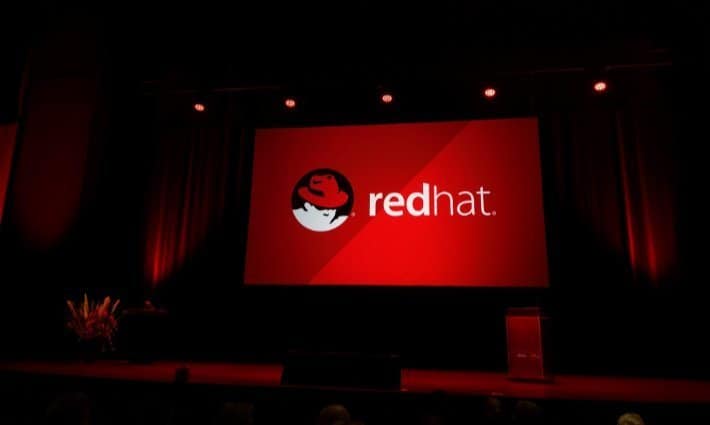The new capabilities are designed to deliver more consistent, enterprise-ready innovation, according to RedHat.
This week, Red Hat announced a series of updates that further extend the reach of the Red Hat OpenShift platform to edge computing deployments. The announcement came during the online KubeCon + CloudNativeCon conference.
Bringing enterprise Linux to the edge
The company has added enhancements in Red Hat Enterprise Linux 8.3 so that platform can more easily span from core datacenters to space-constrained, remote servers. The update also provides the levels of supportability, stability and security features required by enterprise edge deployments, according to Red Hat.
Rapid creation of operating system images for the edge are now available through the Image Builder capability. This enables IT organizations to more easily create purpose-built images optimized for the broad architectural challenges inherent to edge computing but customized for the exact needs of a given deployment.
Remote device update mirroring has been added to stage and apply updates at the next device reboot or power cycle. This helps to limit downtime and manual intervention from IT response teams.
Red Hat has also added over-the-air updates that transfer less data while still pushing necessary code. Intelligent rollbacks built on OSTree capabilities are also available.
Related: Red Hat makes Java more suitable for cloud-native development
Expanding edge architectures
A remote worker node capability has been added to the Red Hat OpenShift 4.6 platform based on Kubernetes. This makes it possible to centrally manage that node as part of a distributed cluster.
When this is combined with Red Hat Advanced Cluster Management for Kubernetes, IT teams are able to deploy more consistent and stable Kubernetes clusters along with the associated resources, claims Red Hat.
Red Hat has also added an industrial manufacturing blueprint for machine learning and artificial intelligence (AI) application. The application is available as a GitOps repository.
Red Hat is also updating the Red Hat OpenShift Serverless framework based on open source Knative software. This was originally developed by Google to include support for eventing and functions. This feature is designed to help developers create more complex event-driven applications using containers.
Tip: Red Hat feels unbeatable with OpenShift under the wing of IBM
